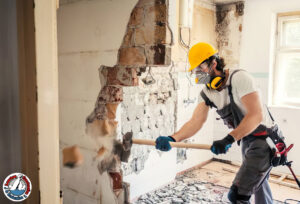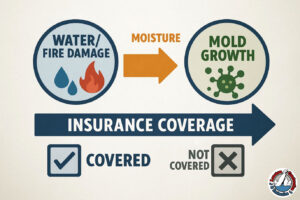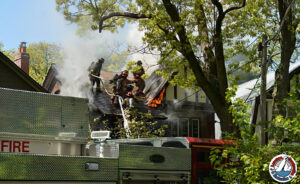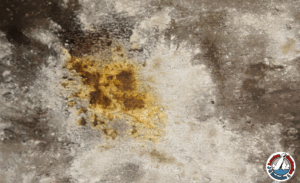Water Damaged Items that Can Be Restored
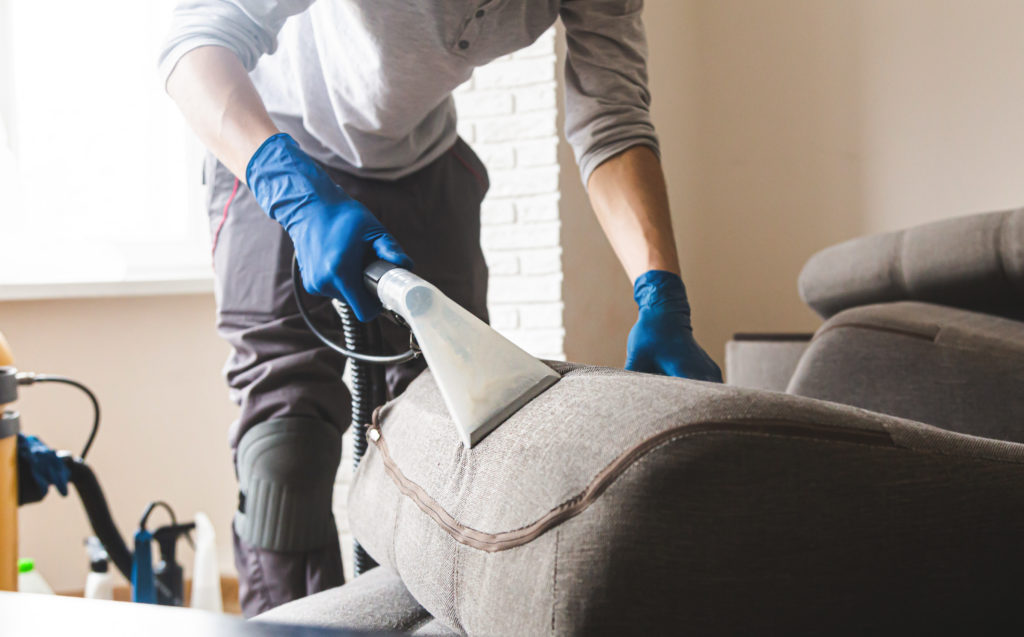
Following a flood in the home, a large part of the recovery process is determining what to preserve/clean up, and what to discard when it comes to items that have been submerged, or come into contact with water. Not everything is going to be worth the energy or the cost of cleaning. Some items like photographs, artwork, or souvenirs could be invaluable to you.
Lawton Construction and Restoration has come up with the following restoration factors to help you determine whether or not an item can be restored or should be replaced:
Water Damage Type: There are three categories of water damage as defined by the Institute of Inspection Cleaning and Restoration Certification. Category 1 is defined as clean water from a source like a damaged water pipe. Category 2 is defined as gray water, that might have soap in it or be dirty from a washing machine overflow or a leaking dishwasher. Category 3 is defined as black water, and toxic, perhaps coming from a sewage backup, outdoor flooding, or other source that is contaminated. Anything exposed to flood or sewage water should be replaced because of the high probability of fungi and bacteria growing in it.
Porous Material Level: Items with fabric (couches), wood, and drywall can all be reclaimed if done quickly. But the more porous a material, the more water damage can be done. Cleaning these materials can be difficult because they are often the items that suffer from mold damage following exposure to water.
Saturation Time: This term refers to the length of time an item has been exposed to water. Of course, the longer a particular item is exposed to water or saturated with water, the less likely you will be able to reverse the damage.
Replacement Costs: The process of sanitizing and properly drying out items takes a lot of time and can be expensive. Objects that don’t have much value and are relatively cheap should be thrown out. Most of the time this includes insulation, baseboard, and drywall, because they do not take much money to replace, but they are difficult to dry out.
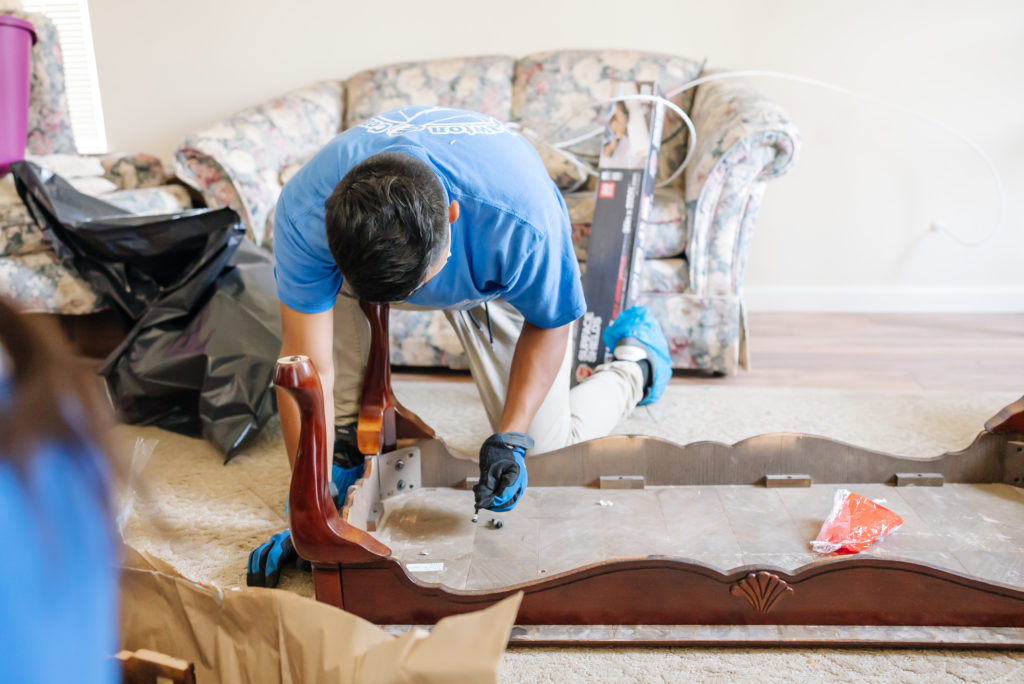
Once it is decided to clean and recover an item, the next step is to decide which cleaning method to utilize. The basic methods of cleaning and recovering from water damage are as follows, and are used depending on what type of material is being cleaned:
Foam Cleaning: A foaming agent is added to a liquid and when applied, foams are highly visible and it is easy to ensure that all surfaces are adequately covered. When combined with effective low to medium pressure rinsing foam cleaning can deliver improved performance combined with reduced costs.
Wet Cleaning: In contrast to dry cleaning, this method avoids the use of chemical solvents and toxic spot removers. Wet cleaning is the most environmentally sensitive professional method of garment cleaning.
Immersion Cleaning: Removing surface grease or dirt from metal by dipping into a cleaning liquid.
Spray and Wipe: Spray and wipe techniques involve manually dispersing liquid agents by way of rags or mops. This is a limited method of decontamination as it is very difficult to apply liquid agents to every area where microorganisms might be found in an effective manner.
Abrasive Cleaning: Abrasive Cleaners are mechanical cleaners. They physically scratch off dirt, stains, and tarnish via friction as you rub a surface. They are composed of either particles or physical abrasives such as sandpaper, steel wool, and scrubbing pads. Fine steel wool and fine pumice are good examples of moderate abrasive cleaners. They are commonly used to clean off grease and burnt residue from pans and pots and burnt spills on the oven or microwave interior.
Dry Cleaning: Method used involving applying a chemical solvent, vacuuming or heating to stains on a fabric, then the fabrics are submerged into a non-water based solvent, then rotated in a perforated cylinder where the solvent can be steadily released. The machine then spins the fabrics faster to get rid of excess solvent and releases warm air. The fabrics emerge completely dry in this method.
Water damage can also negatively impact photos, educational certificates, credentials, identification, passports, and other legal papers. We can remove moisture from your damaged documents to limit mold and bacteria. We have advanced methods for document restoration like vacuum freeze-drying, microbial disinfecting, and sanitizing.
If your home is water damaged, Lawton is your best bet. We will carefully pack and transport your belongings from your house or commercial office until it is restored. We do it all when it comes to moving your items, from packing and unpacking help using the highest-quality packing supplies. We handle your items with great care and take a detailed inventory of them. We offer temporary storage services as well as content cleaning and restoration services. You can see a detailed list of services by following the link to our moving services here: https://www.lawtoncr.com/moving-services/
Who We Are
Lawton Construction & Restoration. Proudly serving in North California & Nevada since 1976.
Turnkey services: Emergency, Restoration, Content Care
All levels of complexity: Residential, Comercial, Industrial
Fast interaction with all insurance companies.
